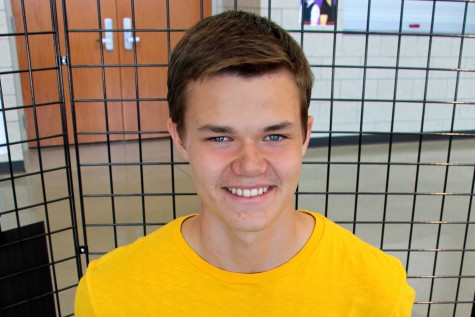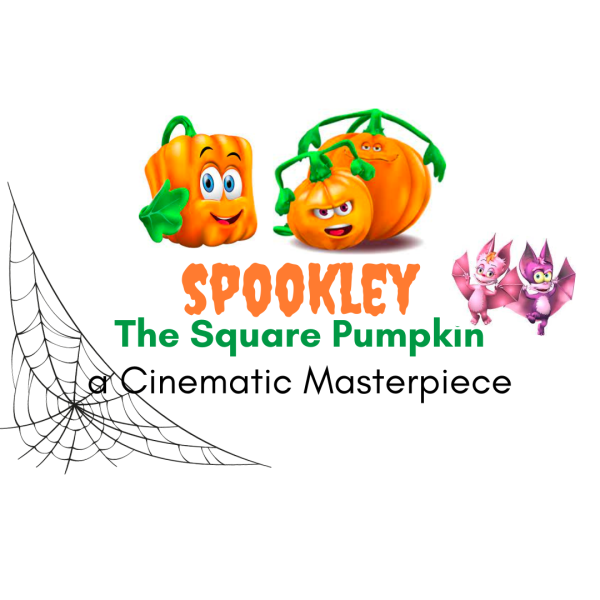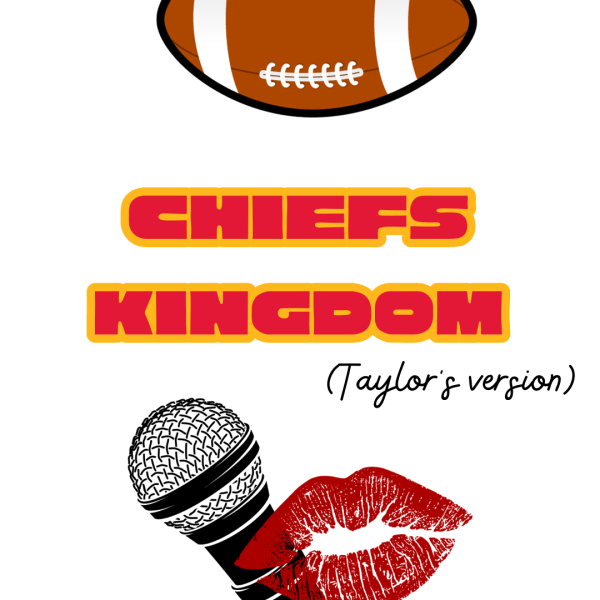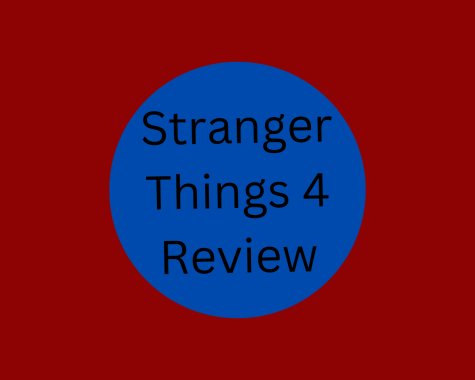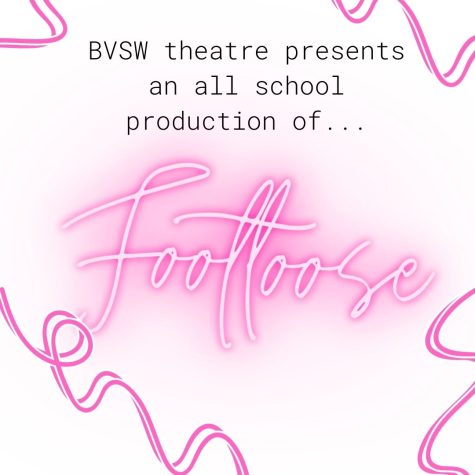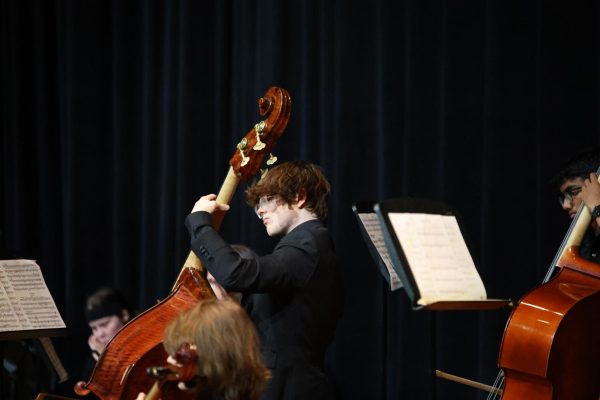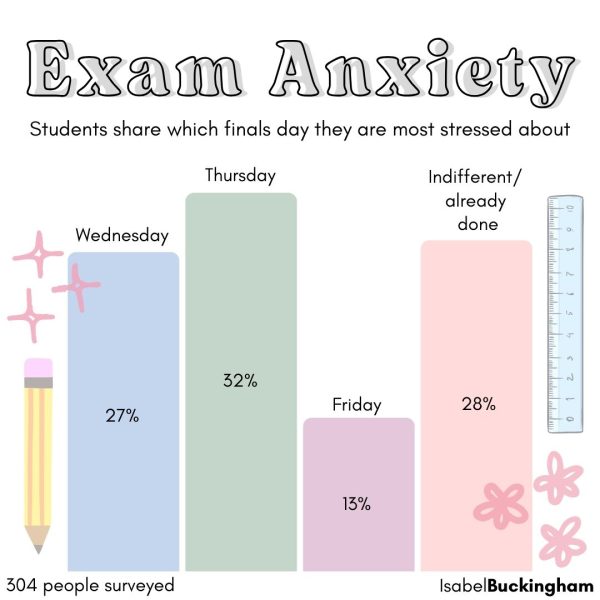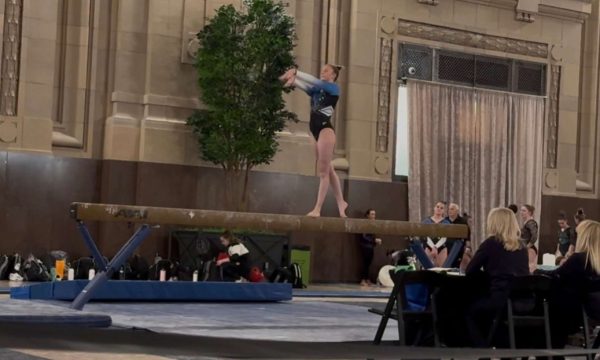Students and staff prepare for the upcoming Star Wars movie
Jerry Holtorf was 8 and brimming with anticipation for the third movie in the Star Wars saga, “Return of the Jedi.” Although it was the first Star Wars movie he had seen in a theater, Holtorf was already familiar with all of the characters, as he had spent hours upon hours playing with the small action figures. As he played with the figurines, he built years and years worth of imaginary storylines, all leading up to this date. Finally, instead of having to fabricate storylines in his mind, Holtorf got to watch the action unfold on the big screen.
Thirty-two years later, Holtorf now teaches various math classes. However, with “Star Wars: The Force Awakens” set to release on Dec. 18, Holtorf is given a chance to relive a highlight of his childhood.
“I’m hoping, and I think that every single Star Wars fan out there is hoping that they get to relive a little version of them at 7 years old again,” Holtorf said.
After almost 40 years since “A New Hope” came out, the experience has grown on Holtorf and taken a fond place in his memories.
“If the original Star Wars were to come out now, it would be big for me, but it wouldn’t be as big,” Holtorf said. “It’s a lot of nostalgia instead of a lot of brand new stuff, and we’re hoping we get to relive part of our childhood.”
For math and science teacher Neal Doolin, much of his first-hand experience came through the second Star Wars trilogy, starting with “The Phantom Menace,” and then the second and third movies, “Attack of the Clones” and “Revenge of the Sith.” However, despite not being alive in 1983 and therefore missing the first trilogy, Doolin does not experience the generational gap.
“Sometimes with music there’s a sort of territorial feeling,” Doolin said. “I would listen to classic rock in high school, and my dad would be in the car and say ‘This is my music. Why are you listening to this? You don’t appreciate this.’ I feel like what’s cool about these movies is that there’s not that [feeling], even though they span back so far in time.”
The territorialism was nearly nonexistent for junior Reese Crawford, whose parents were just children when the original trilogy was released and have passed their love of Star Wars onto him.
“My dad was a fan when he was a kid, so when I was old enough to see the movies we watched them in the order that they came out,” Crawford said. “My parents tell stories about when they were 7 and how they would go to the movie theaters and how there wouldn’t be a seat left, but they were still selling tickets and they were sitting on the stairs.”
The upcoming trilogy represents a first, as for the youth that go out to experience the movies themselves were the direct descendants of those with similar Star Wars experiences. Keeping this in mind, Holtorf has already begun preparing his children for the experience that he had over 30 years ago.
“You have a lot of dads taking their sons and daughters to this movie, and my own kids, we’re re-watching episodes four, five and six to introduce them to the Star Wars universe,” Holtorf said. “They’re getting to know Darth Vader and Princess Leia and Luke and Obi-Wan Kenobi and Yoda. Every single weekend we watch another one of the movies.”
Similar to the evolution of the movies, the culture around Star Wars has evolved with each generation, as specifically the toys and games have evolved.
“The Star Wars figures at the time were huge too, like the Millennium Falcon and TIE fighters; they were like G.I. Joe’s,” Holtorf said. “I loved the toys, and the toys drove the movies instead of the movies driving the toys for me when I was a kid.”
Years later, as technology had advanced and the target audience was beginning to shift away from the first trilogy’s generation, Star Wars began introducing early video games into the market, most of which Doolin directly encountered.
“Some of the very first video games I ever played [included] Rebel Assault, which was a Star Wars game,” Doolin said. “It was so old that everything was pre-rendered, so the characters were pictures of people and the picture moved.”
Despite the primitive graphics, his collection of Star Wars-themed video games grew, as games like “Rebel Assault II,” “Dark Forces,” “Jedi Knight,” “X-Wing Alliance” and “Rogue Squadron” were played over and over again. However, as Star Wars attempted to tap into this new generation before the movie’s release, the list of Star-Wars themed games expanded, as Star Wars: Battlefront was released on Nov. 17, making it the first major video game release for Star Wars in the last 10 years.
Coming full circle in a different sense, the Star Wars franchise applied the same tactic to the video game as they did with the three trilogies, by spacing each release out by a considerable amount of time. Similarly, the time inside the plot line was spaced out a considerable amount, allowing characters such as Obi-Wan Kenobi to age between trilogies. Doolin said all of these were key ingredients in keeping the movies alive.
“Part of what I think makes something stale is when there’s not enough change or not enough time to digest or let things pass,” Doolin said. “I think a lot of people will appreciate the amount of time since the last movie came out, but also how big of a time jump they’re going to do in the movie itself.”
With the generationalism wrapped into the plotline of the movies in combination with the unique storyline, Holtorf feels as if the feeling of wonder will continue to be passed down from parents to their children.
“It had become a part of a lot of people’s memories, and I think that’s the biggest draw for it. You have a good story that has been told pretty well and there is a giant universe that so many stories can come out of,” Holtorf said. “Now you’ve got a bunch of moms and dads trying to pass that along, the feeling of their own childhood to their kids. It’s a bridge between adulthood and childhood.”


